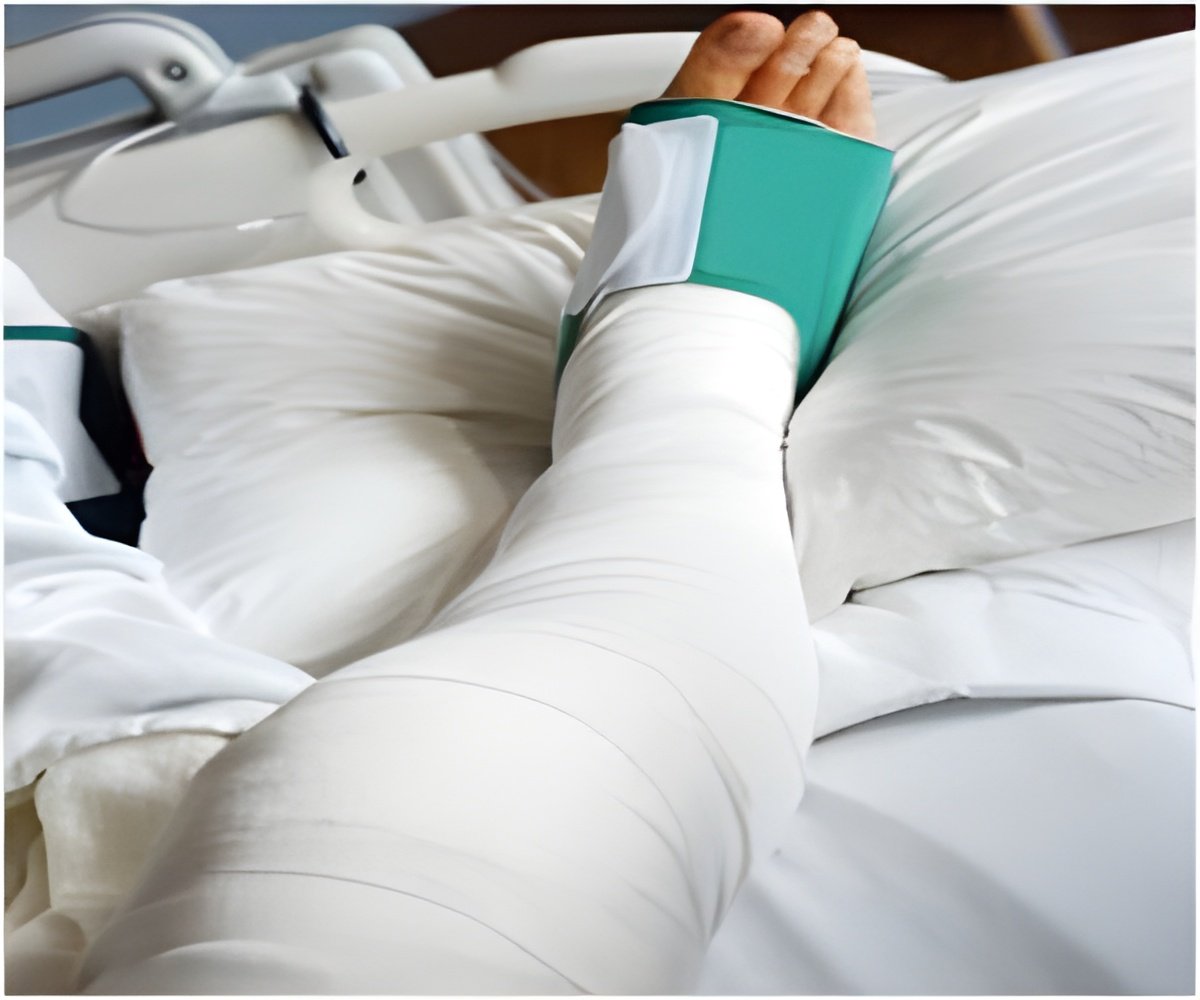A bone fracture often requires surgery, braces or splints to realign the bones. Severe fractures in infants, on the other hand, can heal on their own through a process that has eluded scientists.
A bone fracture often requires surgery, braces or splints to realign the bones. Severe fractures in infants, on the other hand, can heal on their own through a process that has eluded scientists. A study published by Cell Press on October 27 in
Developmental Cell reveals that a fractured arm bone in newborn mice can rapidly realign through a previously unknown mechanism involving bone growth and muscle contraction. The findings provide new insights into how human infants and other young vertebrates may repair broken bones and pave the way for more effective treatment strategies.
"Evolution has created a robust mechanism of bone regeneration, which may explain how wild animals can survive traumatic bone injuries," says senior study author Elazar Zelzer of the Weizmann Institute of Science. "Further investigation of the newly found regeneration program could lead to alternative approaches for the treatment of fractures that do not respond well to current practices."
Source-Eurekalert
